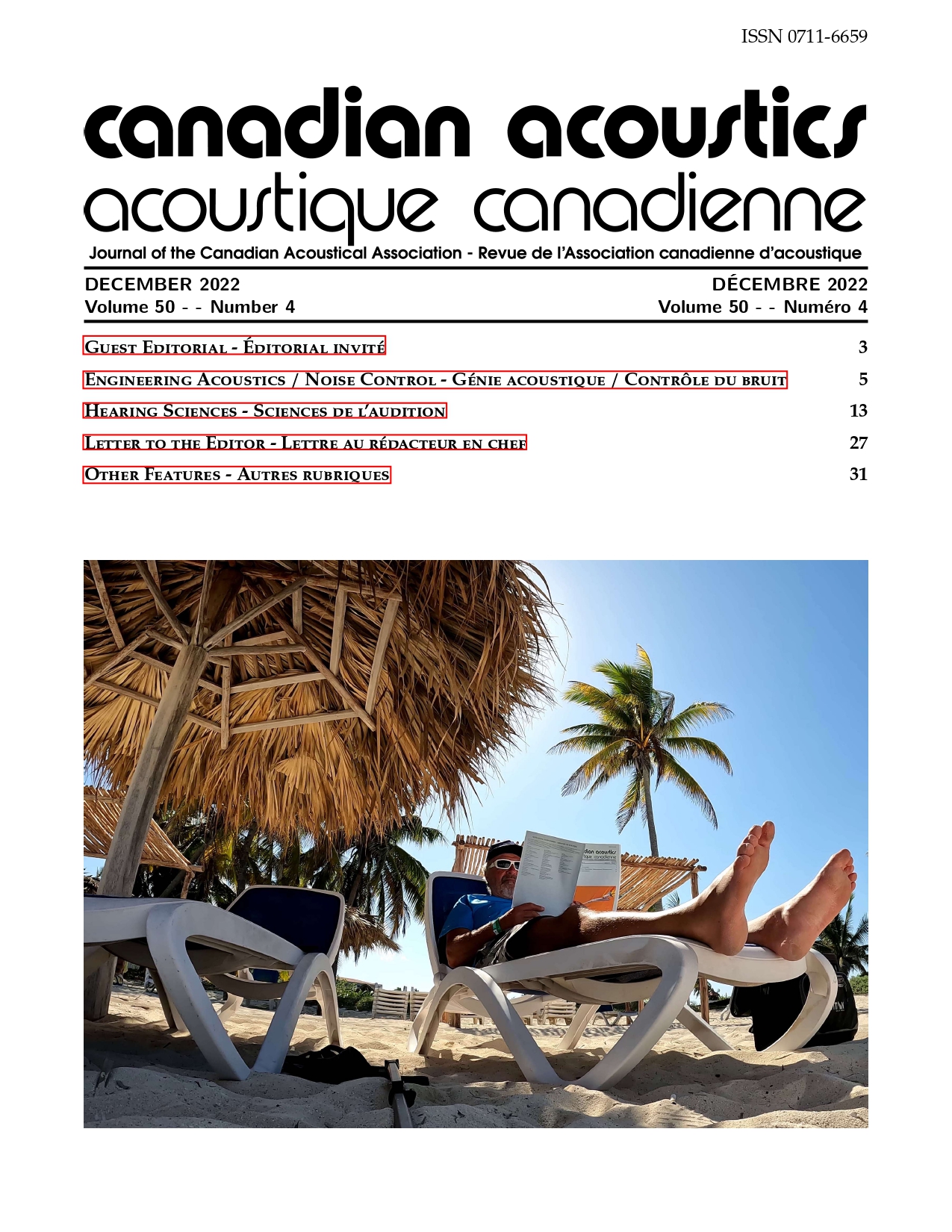Hybrid Method for the Design and Optimization of a Silent Exhaust System for Formula Racing Cars
Keywords:
Exhaust system, muffler, sound presure level, finite element analysis, 1D and 3D simulationAbstract
In this work, a multilevel CFD analysis was applied for the design of a Formula race car muffler system with improved sound pressure level (SPL) and fluid dynamic response characteristics. The approaches developed and applied for the optimization process range from 1D simulation to full 3D CFD simulation, exploring hybrid approaches based on the integration of a 1D model with 3D tools. Modern silencers typically have a complex system of chambers and flow paths. There are a variety of sound damping and absorption mechanisms that attenuate the sound transmitted through the muffler and pipes. Two calculation methods were selected for this study. The silencer has a complex internal structure containing a perforated pipe and a fibrous material. The CAD file of the silencer was created to develop the FEA model in (AVL BOOST v2017) and another commercial advanced design software (SolidWorks 2017). The FEA model was designed to monitor flow properties, pressure, and velocity. Once the model was verified, sensitivity studies of the design parameters were performed to optimize the sound pressure level of the silencer. The results of the software analysis are included in the paper. Recommendations are made for smoother sound pressure level (SPL) curves for various measurement methods.
Additional Files
Published
How to Cite
Issue
Section
License
Author Licensing Addendum
This Licensing Addendum ("Addendum") is entered into between the undersigned Author(s) and Canadian Acoustics journal published by the Canadian Acoustical Association (hereinafter referred to as the "Publisher"). The Author(s) and the Publisher agree as follows:
-
Retained Rights: The Author(s) retain(s) the following rights:
- The right to reproduce, distribute, and publicly display the Work on the Author's personal website or the website of the Author's institution.
- The right to use the Work in the Author's teaching activities and presentations.
- The right to include the Work in a compilation for the Author's personal use, not for sale.
-
Grant of License: The Author(s) grant(s) to the Publisher a worldwide exclusive license to publish, reproduce, distribute, and display the Work in Canadian Acoustics and any other formats and media deemed appropriate by the Publisher.
-
Attribution: The Publisher agrees to include proper attribution to the Author(s) in all publications and reproductions of the Work.
-
No Conflict: This Addendum is intended to be in harmony with, and not in conflict with, the terms and conditions of the original agreement entered into between the Author(s) and the Publisher.
-
Copyright Clause: Copyright on articles is held by the Author(s). The corresponding Author has the right to grant on behalf of all Authors and does grant on behalf of all Authors, a worldwide exclusive license to the Publisher and its licensees in perpetuity, in all forms, formats, and media (whether known now or created in the future), including but not limited to the rights to publish, reproduce, distribute, display, store, translate, create adaptations, reprints, include within collections, and create summaries, extracts, and/or abstracts of the Contribution.


